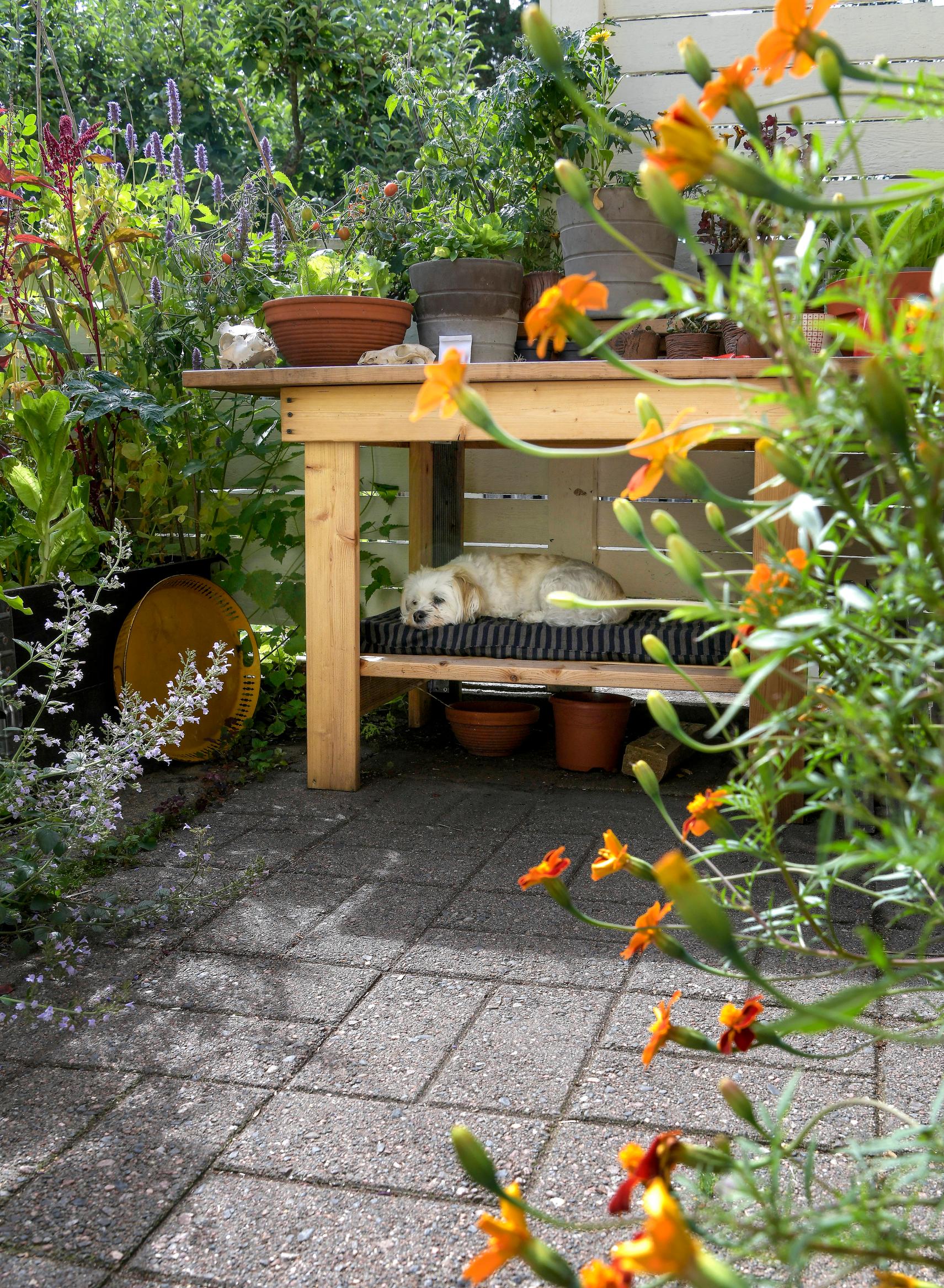
How to make your yard dog-friendly? Garden designer’s pro tips
If you want your yard to be inviting for a dog, what should you keep in mind? A dog needs space to run, plus areas to relax and do its business. And for safety, it’s wise to avoid poisonous plants, writes garden designer Sari Lampinen.
If you’re updating an older yard, start by noticing how your dog moves around and behaves there. If you’re planning a new yard, you can design it right from the start with your pet’s well-being in mind. It’s important for your dog to have space to run, as well as places to settle down and do its business. It’s also wise to divide the yard into clear zones, each with its own purpose.
Design the patio or deck as a comfortable shared spot that offers your dog shade, a bed, and a water bowl. For the surface, you can choose durable pavers, brick, or composite. Avoid dark colors that heat up in the sun. A large open lawn provides plenty of space to romp. Wide pathways give extra room for play.
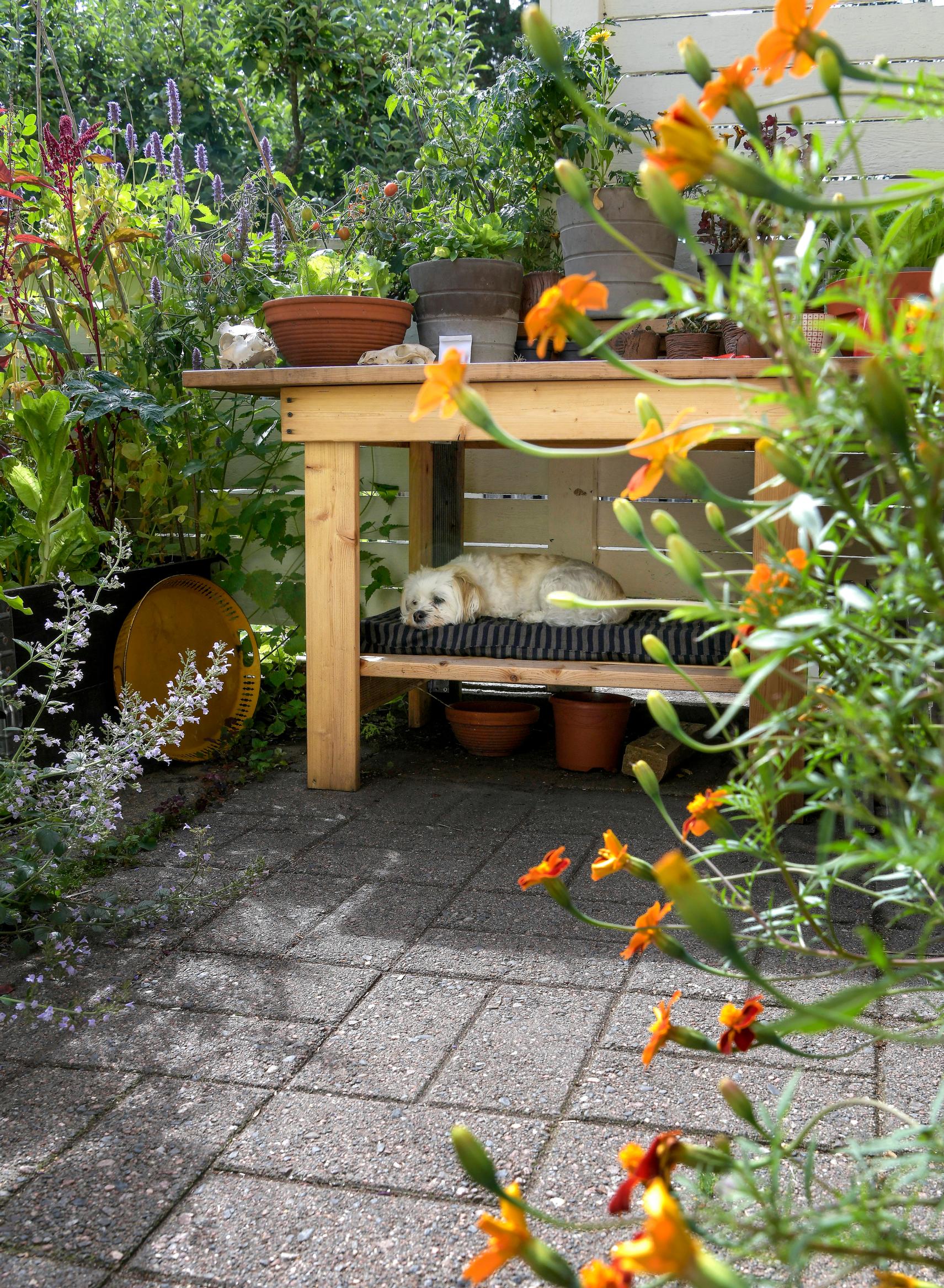
Clear pathways guide your dog’s movements and help protect your plantings. Define planting areas with hardy border plants, like low spirea shrubs or trimmed alpine currant hedges. Tightly planted areas are less tempting to wander through, and you can place more delicate plants safely in the middle of flowerbeds. Raised planting boxes and tall pots work well too. A low fence around your kitchen garden or planting area—one that suits your yard’s style—can also be a great solution.
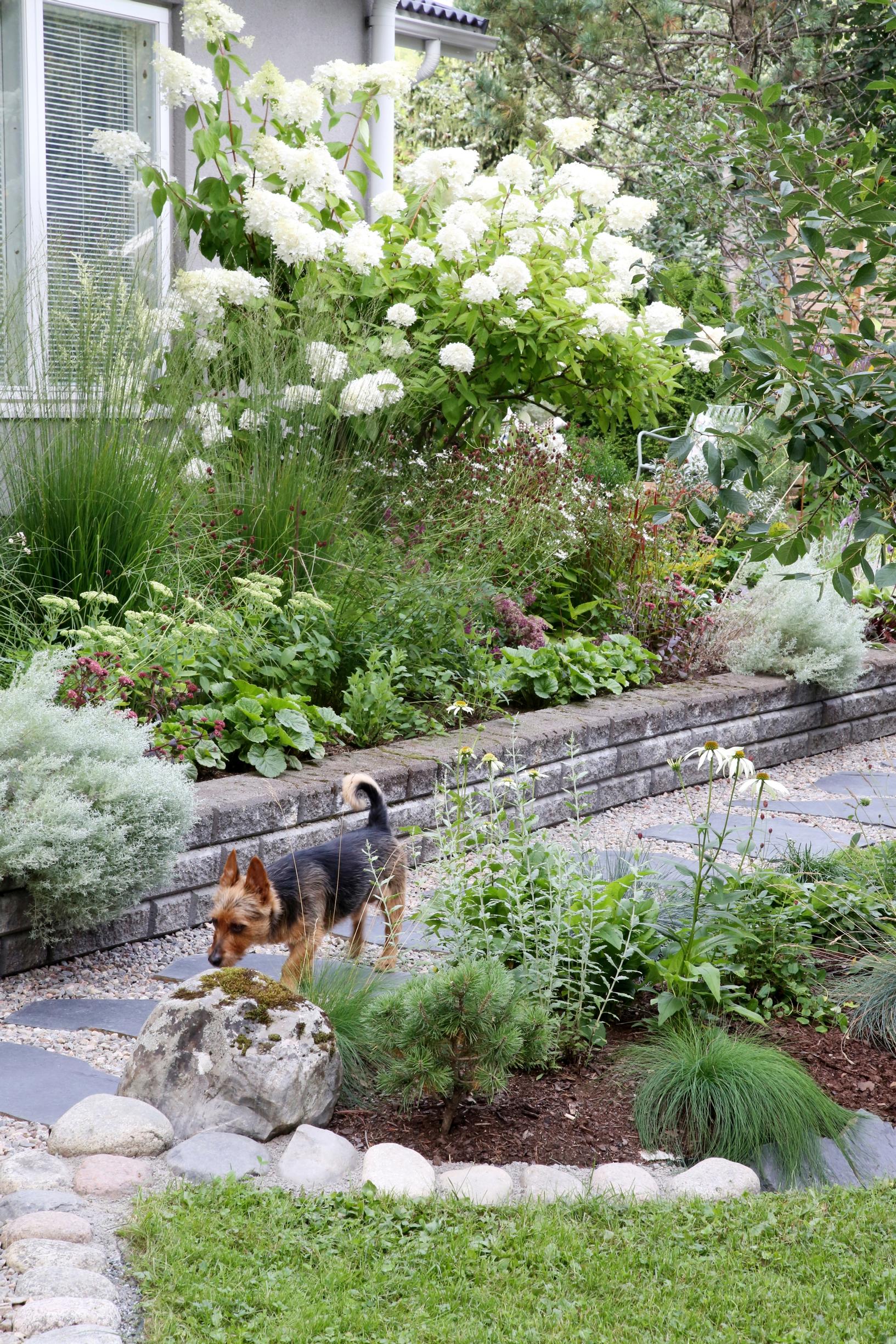
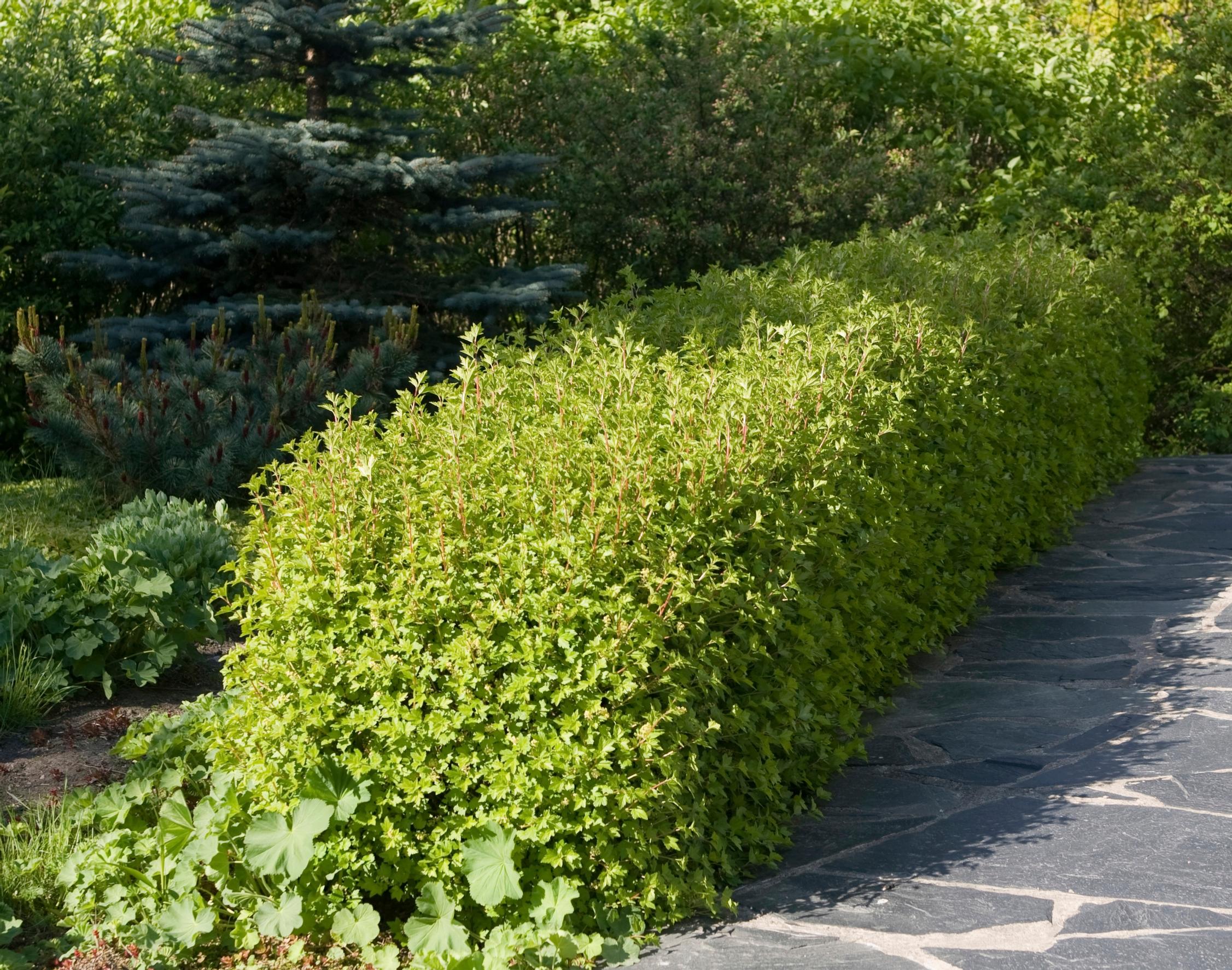
Common garden plants include several toxic species for dogs, such as rhododendrons, yews, and hostas. It’s also a good idea to avoid prickly plants that could harm your dog’s eyes. The easiest option is to plant varieties known to be safe for dogs, like salvias, coral bells, and grape hyacinths, and keep any toxic plants out of reach. For mulch, unstained wood chips or pine bark work well. Cocoa shell mulch, however, contains the same substance, theobromine, that makes chocolate toxic to dogs.
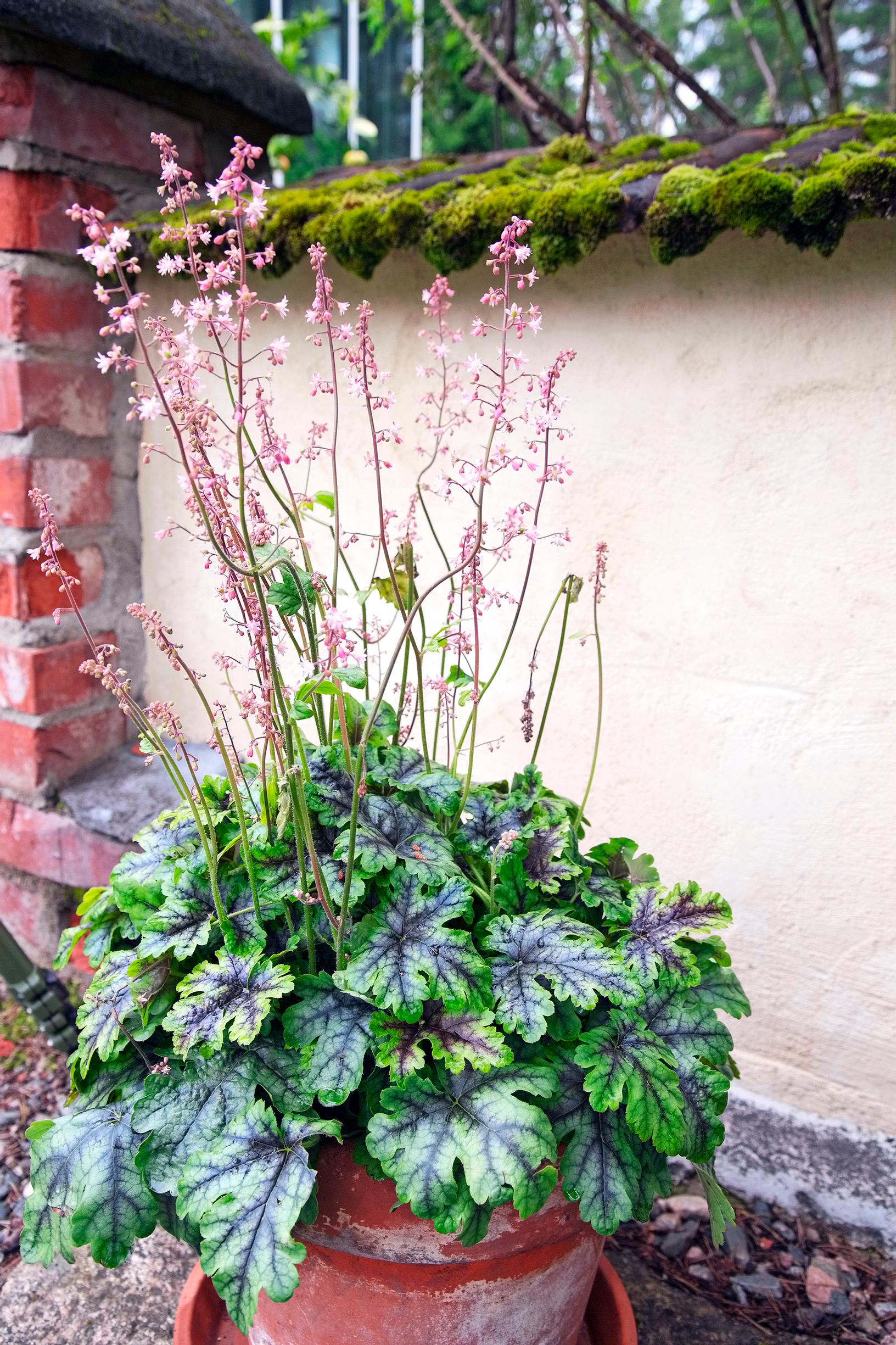
If you keep finding a urine-scorched patch of lawn or struggling plants in the same spot, you can create a dedicated “restroom” for your pet. Cover the area with small, smooth stones, sand, or another covering, and add some greenery nearby.
Once you’ve taken your dog’s well-being and safety into account, you can create a lush yard with room to play and unwind together—no need to compromise on your gardening dreams.


